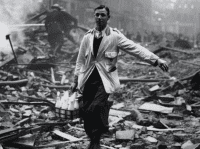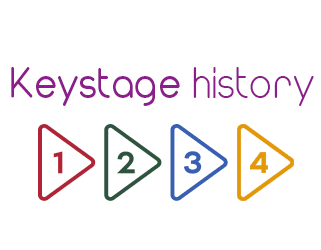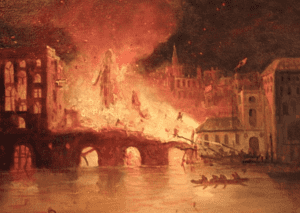
On the night of 14 November 1940, 80 years ago, one of the most infamous aerial attacks of all time occurred when a Luftwaffe air raid devastated the city of Coventry.
The operation, called ‘Moonlight Sonata’ by the Germans, brought two new innovations to the bombing campaign. The first was creating a firestorm in a city as a justified technique of war. The second was the use of specially-designed pathfinder aircraft, which dropped flares ahead of the main bomber fleet that enabled the German bombers to target certain locations with unprecedented precision and a night of terror for Coventry and its people.
At 8pm on 14 November, Coventry’s Cathedral caught on fire. Volunteer firefighters rushed to battle the flames. Although they met with initial success, they were ultimately overwhelmed.
The raid reached its height around midnight of 14 November, with dozens of beautiful medieval buildings devastated in the firestorm.
Over 4,000 homes had been destroyed. A third of the city’s factories were severely damaged, and more than 560 people tragically died. The attack was a significant moment in the escalating of the bombing war during World War Two. Civilian targets became a legitimate objective of war.






